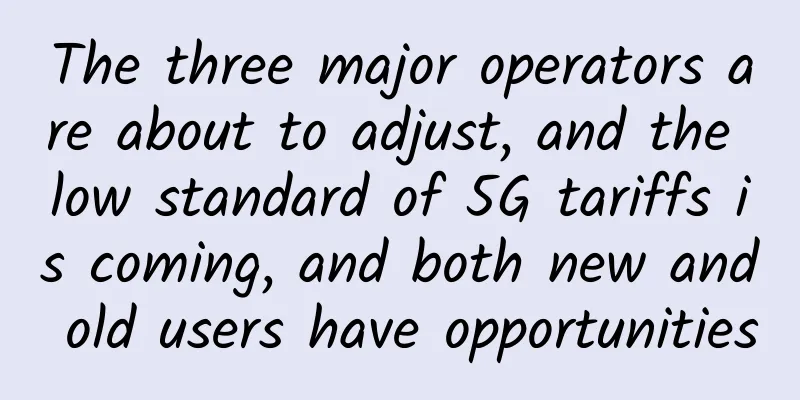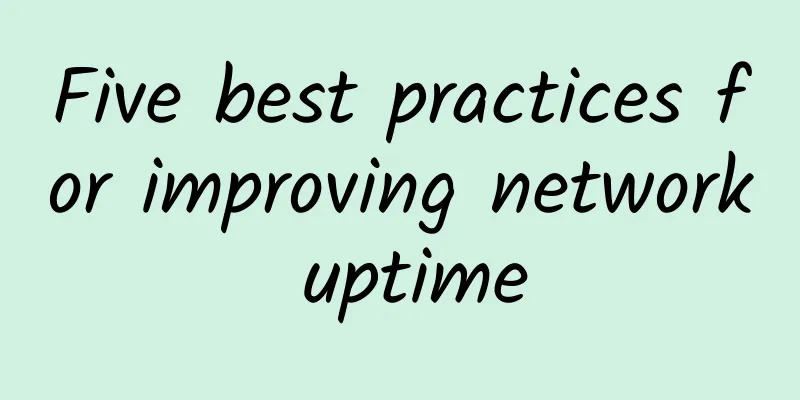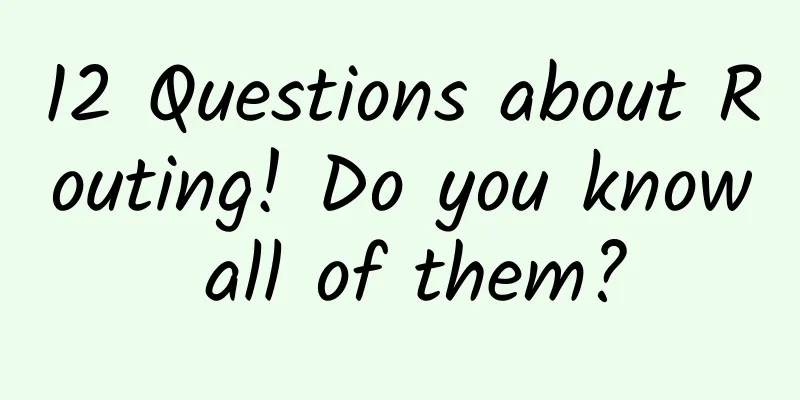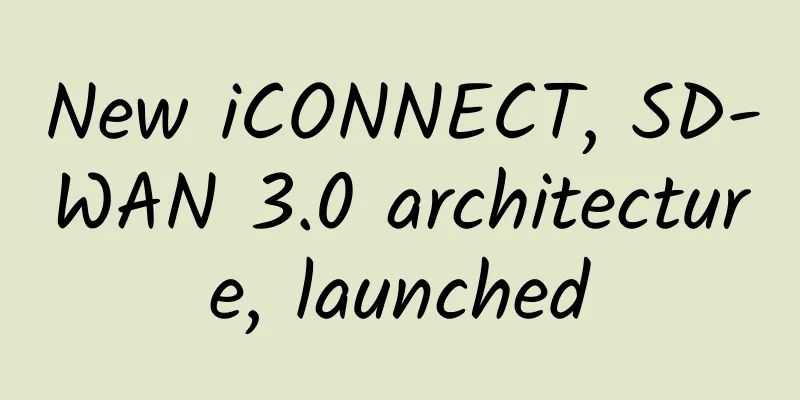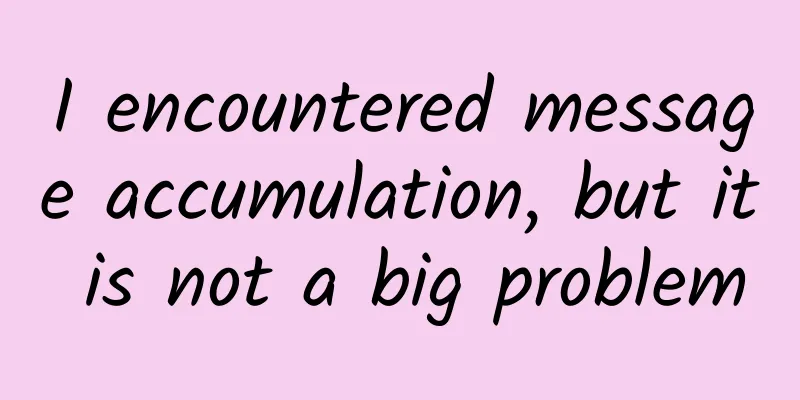Do you know the differences between different versions of HTTP protocol?
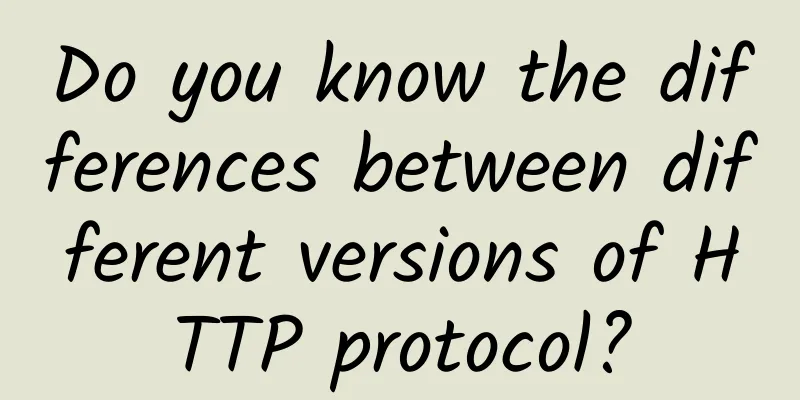
IntroductionThere are already multiple versions of the HTTP protocol. Generally, the websites we visit use either HTTP1.1 or HTTP2. What is the difference between them? Why don't all websites use the same protocol? VersionUp to now, IETF has released 5 HTTP protocols, including HTTP0.9, HTTP1.0, HTTP1.1, HTTP2, and HTTP3. Here are the differences between the versions: HTTP0.9Released in 1991, it has no headers, is very simple in functionality, and only supports GET. HTTP1.0Released in 1996, it has poor plaintext transmission security and a very large header. It has the following enhancements compared to 0.9:
Disadvantage: A new TCP connection is created each time a resource is requested HTTP1.1Released in 1997, it is the most widely used version now. It has the following enhancements compared to 1.0:
Updated in 2014:
Disadvantages: It is still a text protocol, and both the client and the server need to use the CPU to decompress it. HTTP2Released in 2015, it mainly improves security and performance. Its enhancements compared to 1.1 include:
Disadvantages: Based on TCP transmission, there will be head-of-line blocking problems (packet loss stops window sliding), TCP will retransmit lost packets, TCP handshake delay is long, and the protocol is rigid. HTTP3Released in 2018, based on Google's QUIC, the underlying layer uses the udp code tcp protocol. This solves the head-of-line blocking problem, and there is no need for handshakes. The performance is greatly improved, and TLS encryption is used by default. |
>>: How many people are using invalid 5G? The price has doubled, and the experience has become worse
Recommend
China leads the world in quantum technology patents
[[388060]] Quantum technology has become the comm...
BICS: 5G device connectivity unlocks new IoT use cases
BICS, a global voice operator and mobile data ser...
This article illustrates the principles of Kubernetes network communication
[[275296]] Glossary 1. Network namespace: Linux i...
In response to the needs of 5G networks, G.metro technology is gradually becoming mature and applied
Compared with LTE, 5G networks that introduce fea...
Wang Xijie, CEO of Yunfan Accelerator: Deeply cultivating network transmission and adhering to the "exquisite" route
[51CTO.com original article] As 2017 enters the c...
Why has the Bluetooth technology, which was almost forgotten, remained strong until now?
If you have used the earliest generations of smar...
SD-WAN Buyer's Guide: Key Questions Enterprises Need to Ask Vendors and Themselves
An enterprise's adoption of SD-WAN will start...
How to deal with the four major challenges of edge computing
Edge computing use cases are broad and its early ...
Enjoy Ruijie's ultra-fast Wi-Fi in all areas when visiting Guizhou Tianhetan
Guizhou Tianhetan Scenic Area is famous for its t...
“Unlimited” is just a cover. Which data card is the most cost-effective?
In order to use more affordable mobile data, I be...
How many optical modules does a GPU need?
1. Network card model There are mainly two types ...
In the era of the Internet of Things, how will smart hardware affect our lives?
In recent years, the Internet of Things (IoT) has...
5G healthcare development direction and challenges
[[403098]] The development of 5G healthcare has e...
The key to making the Internet of Things really take off: wireless charging
From the average suburban home to the factory ass...
